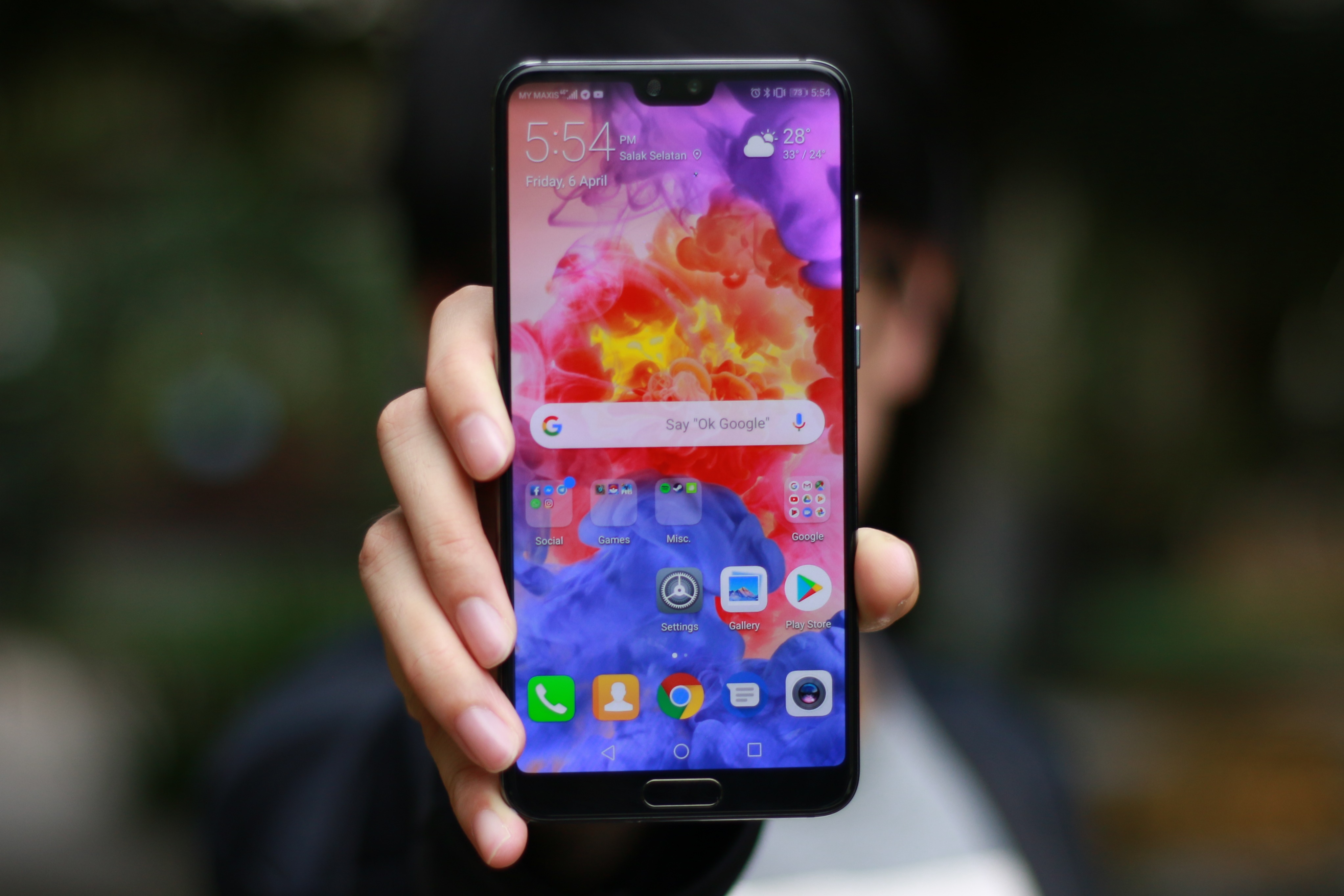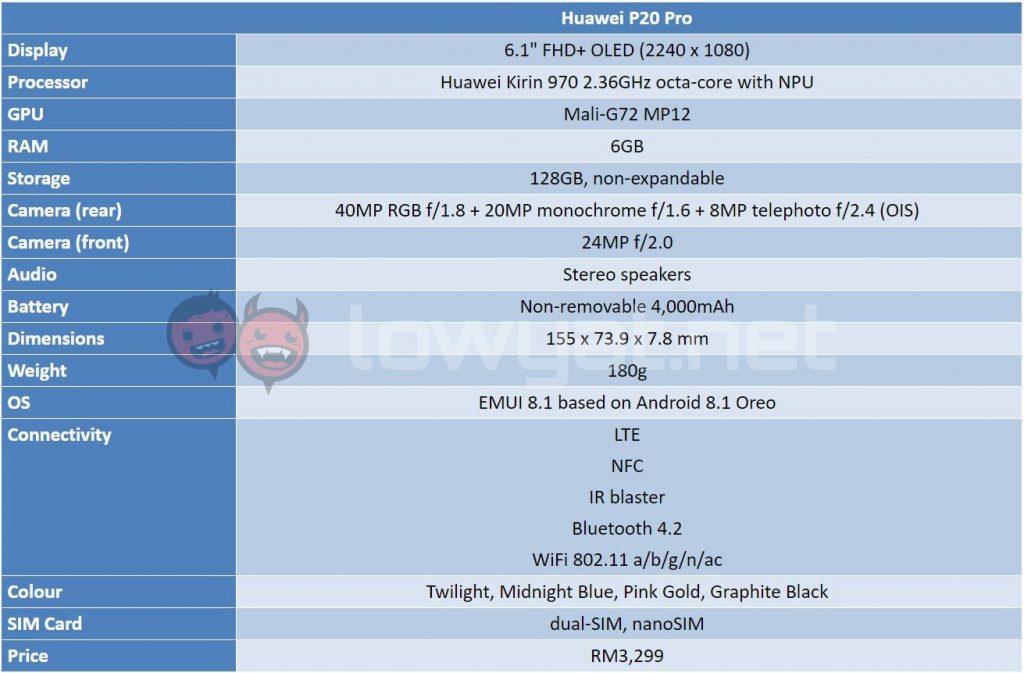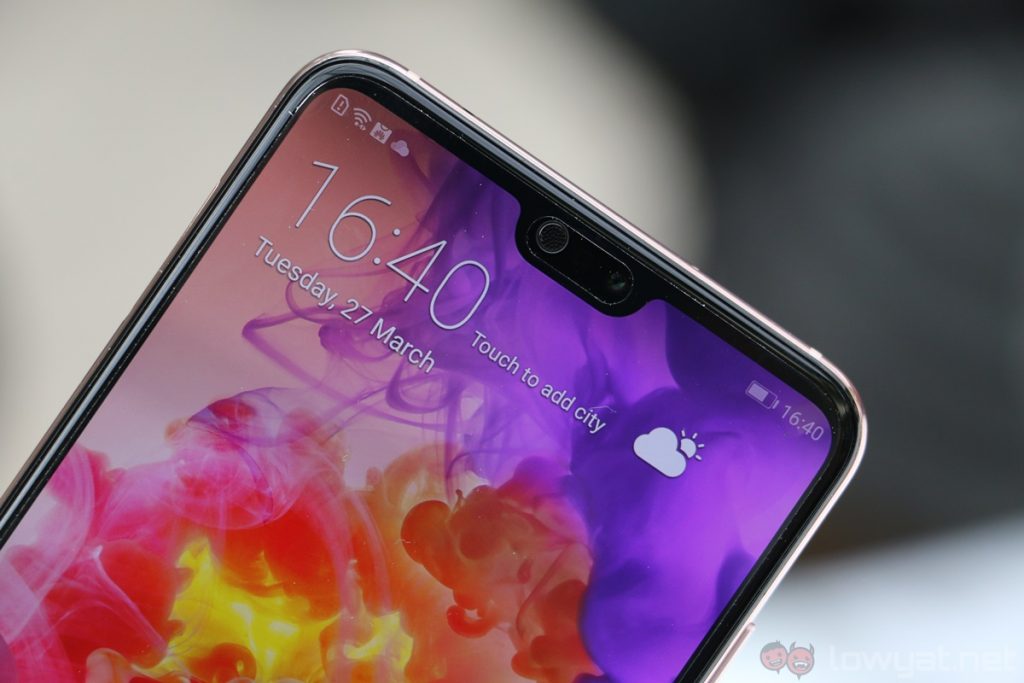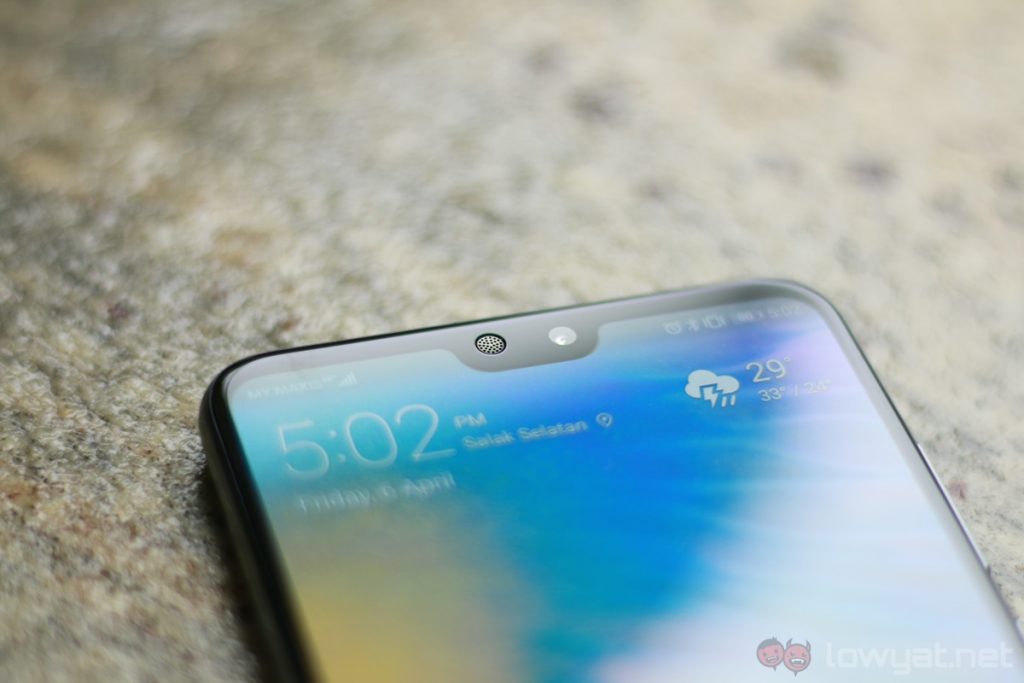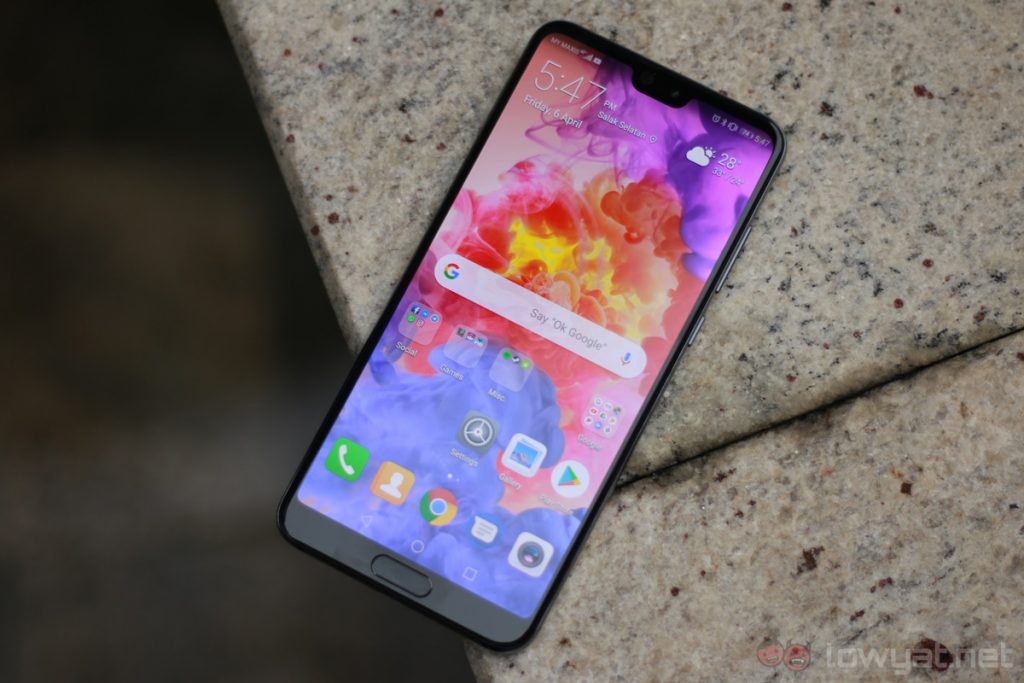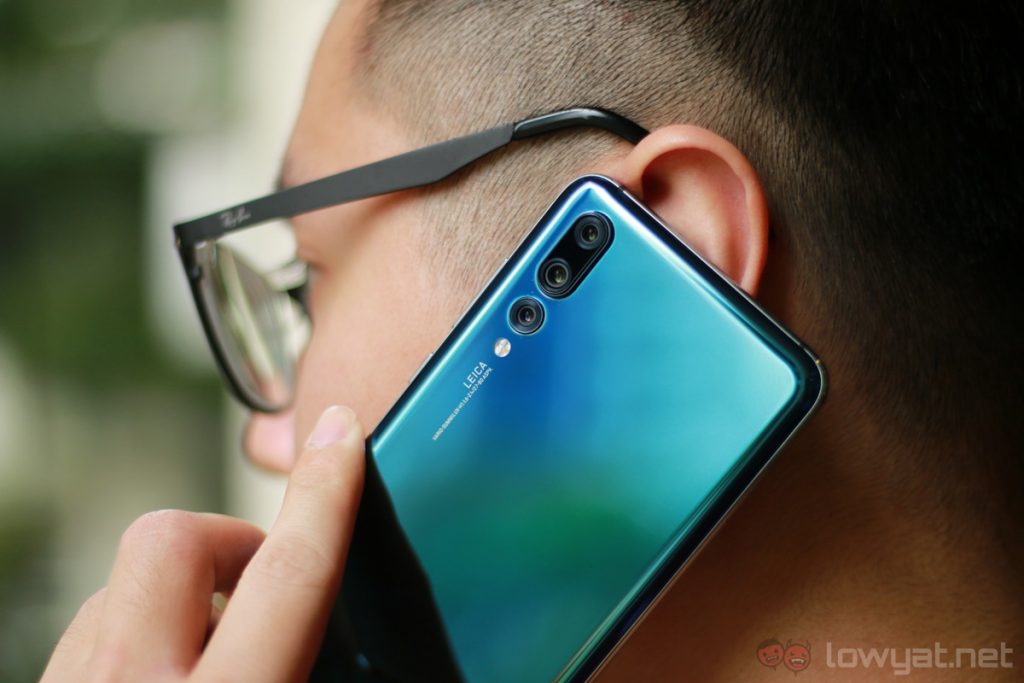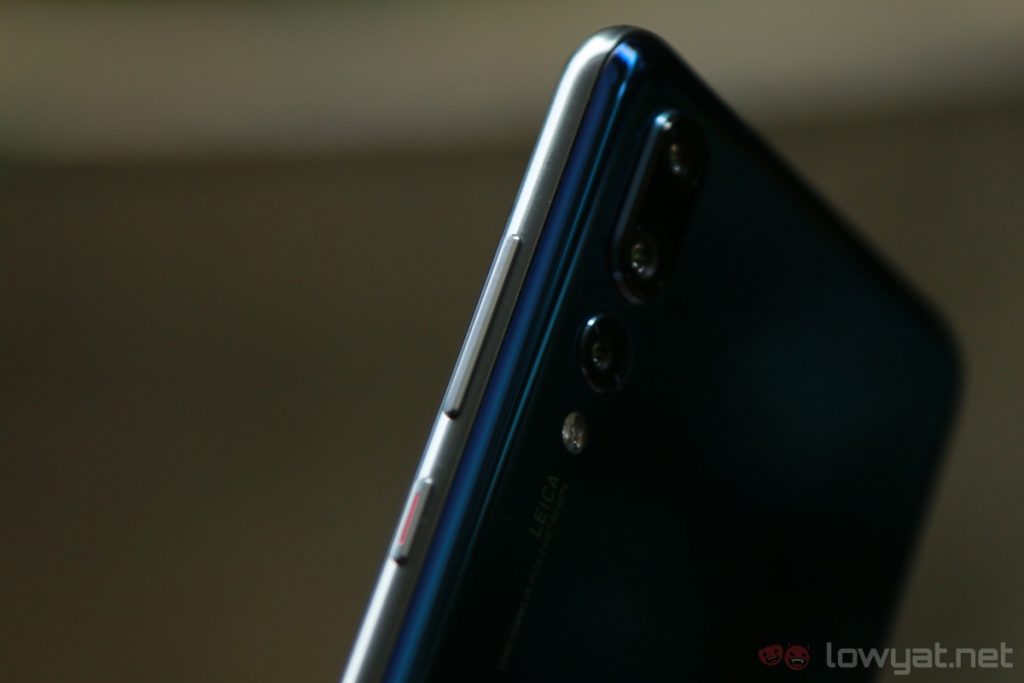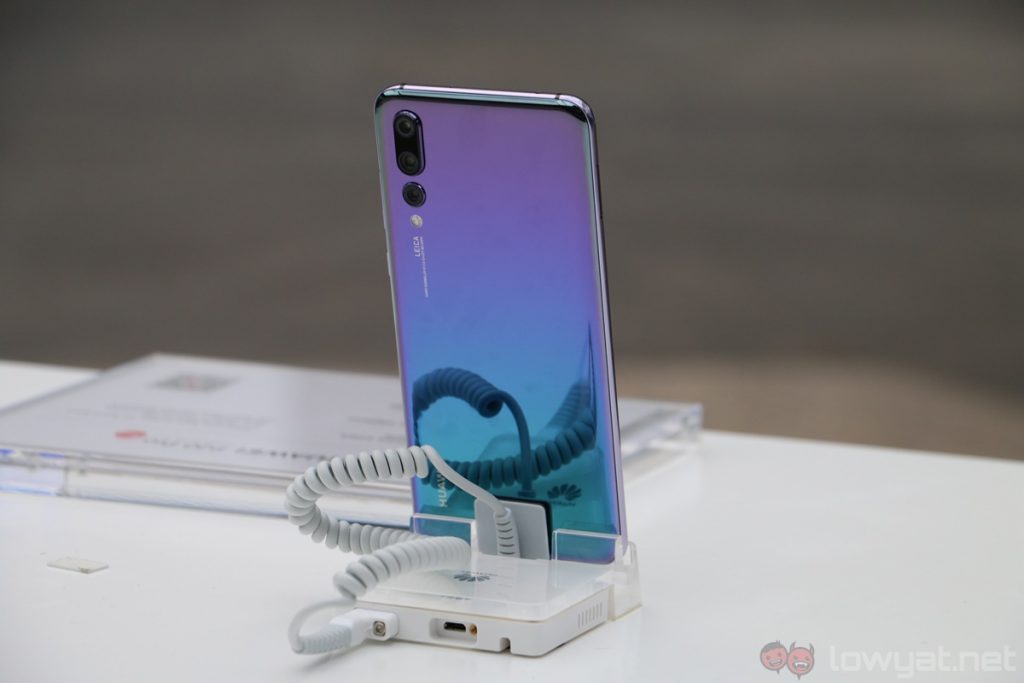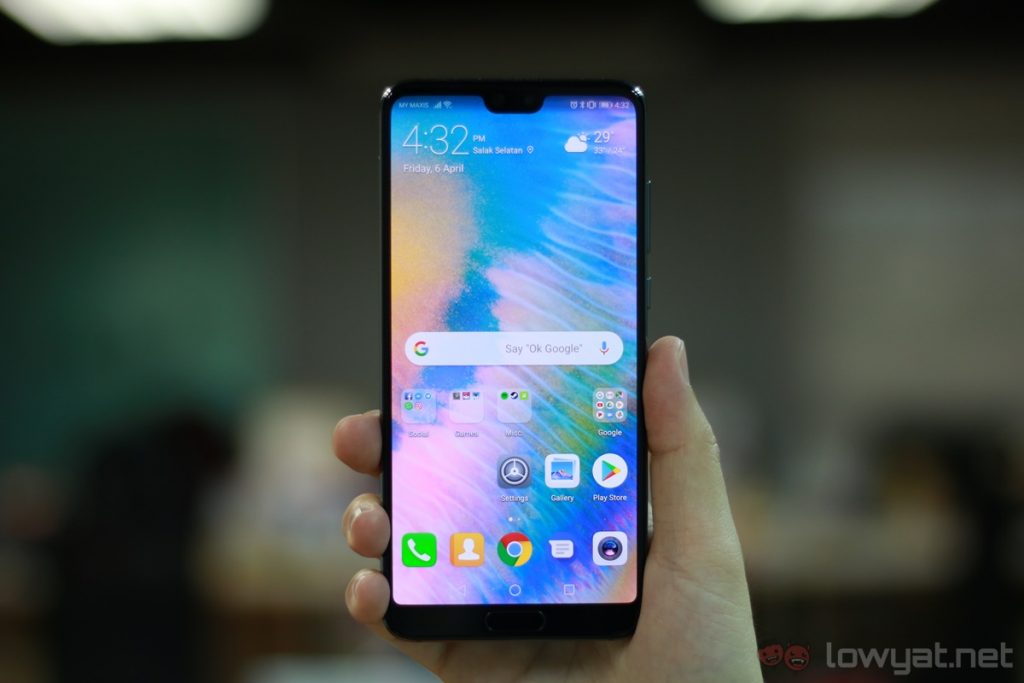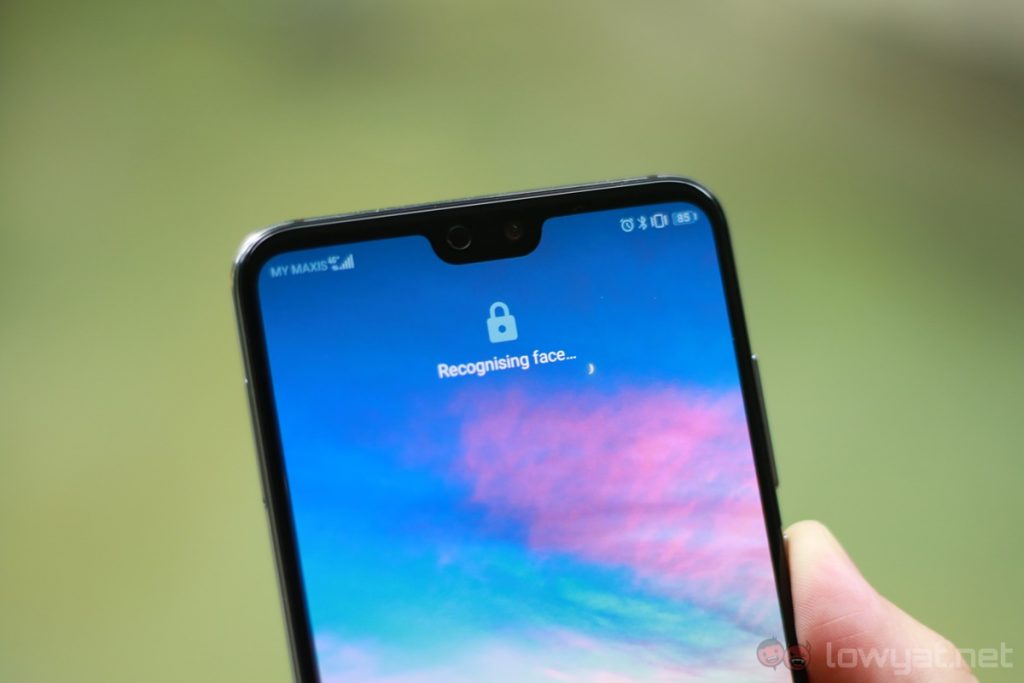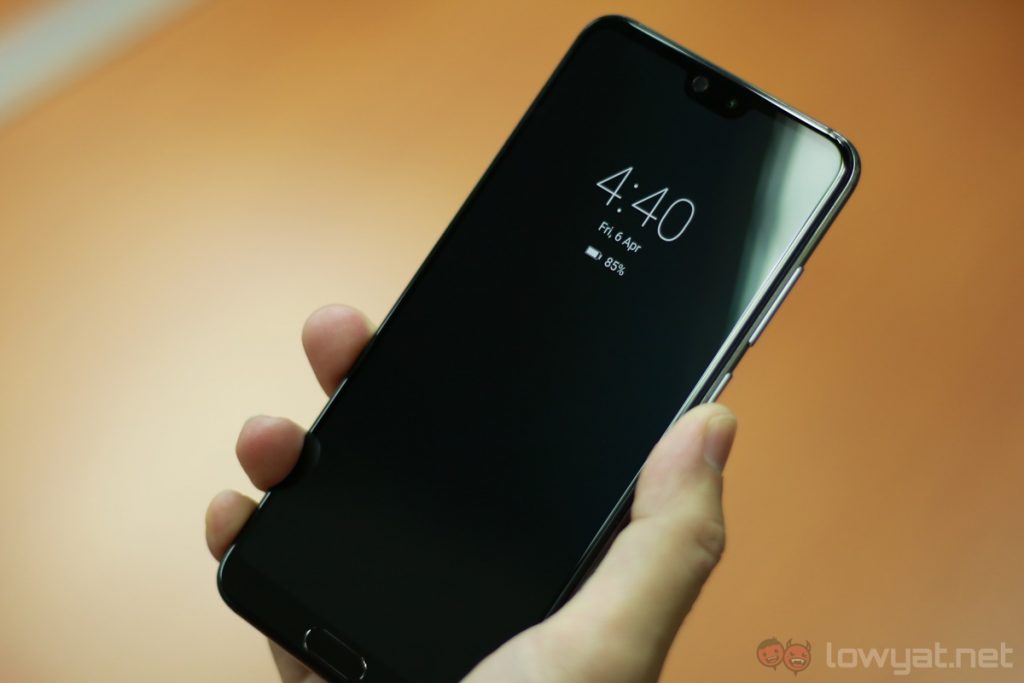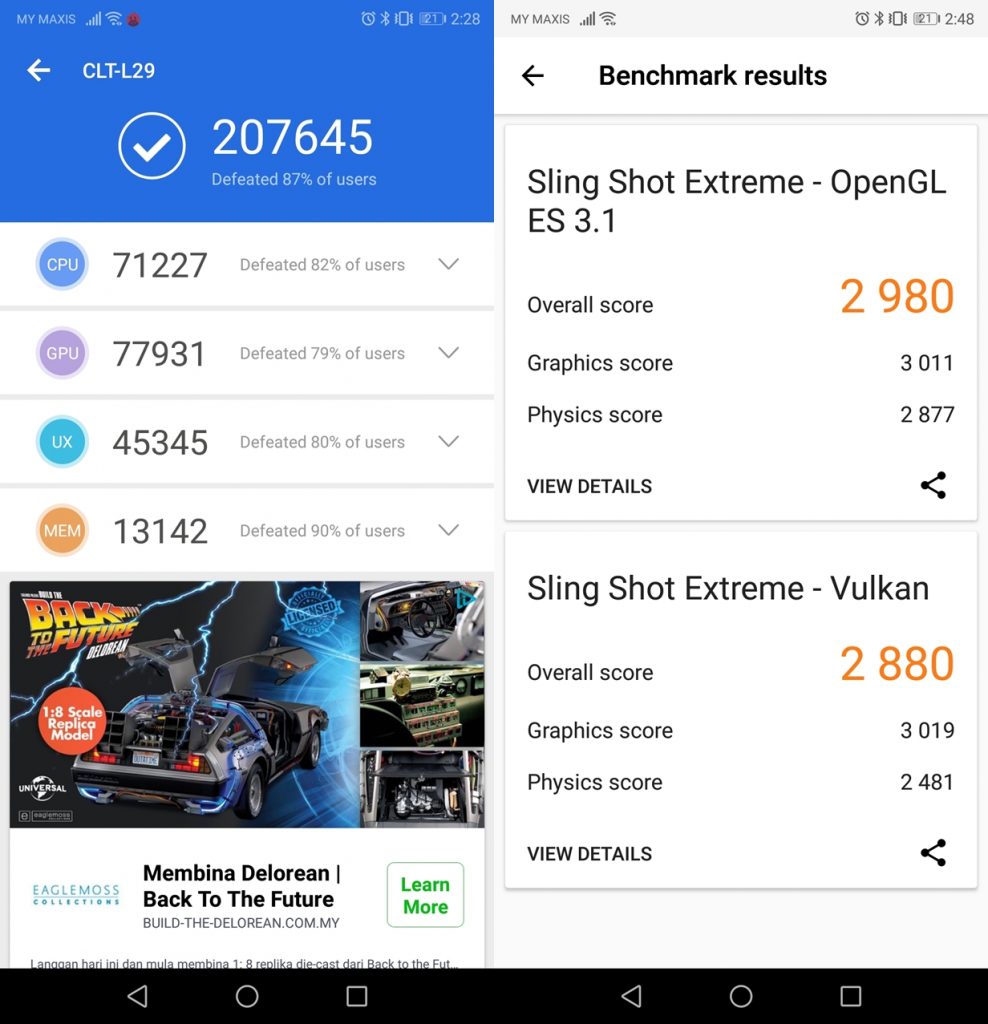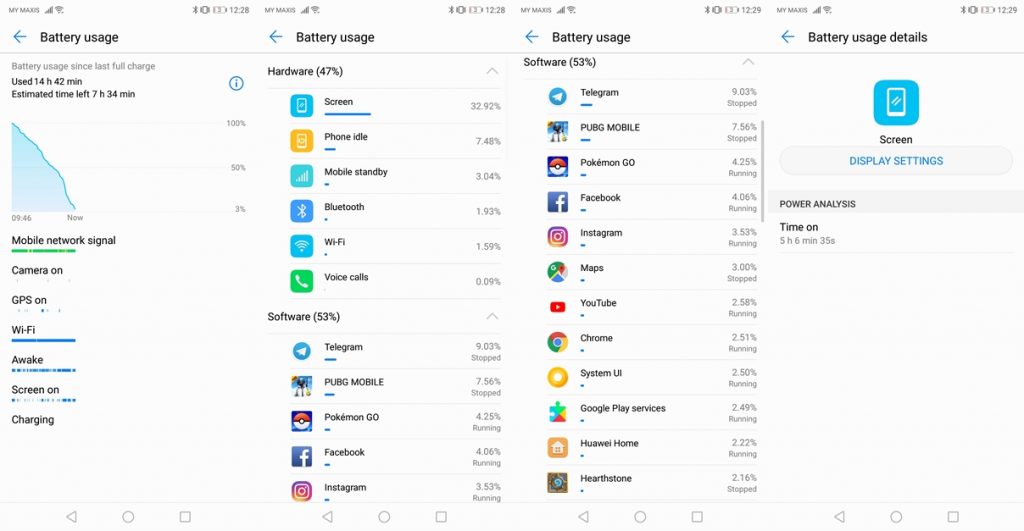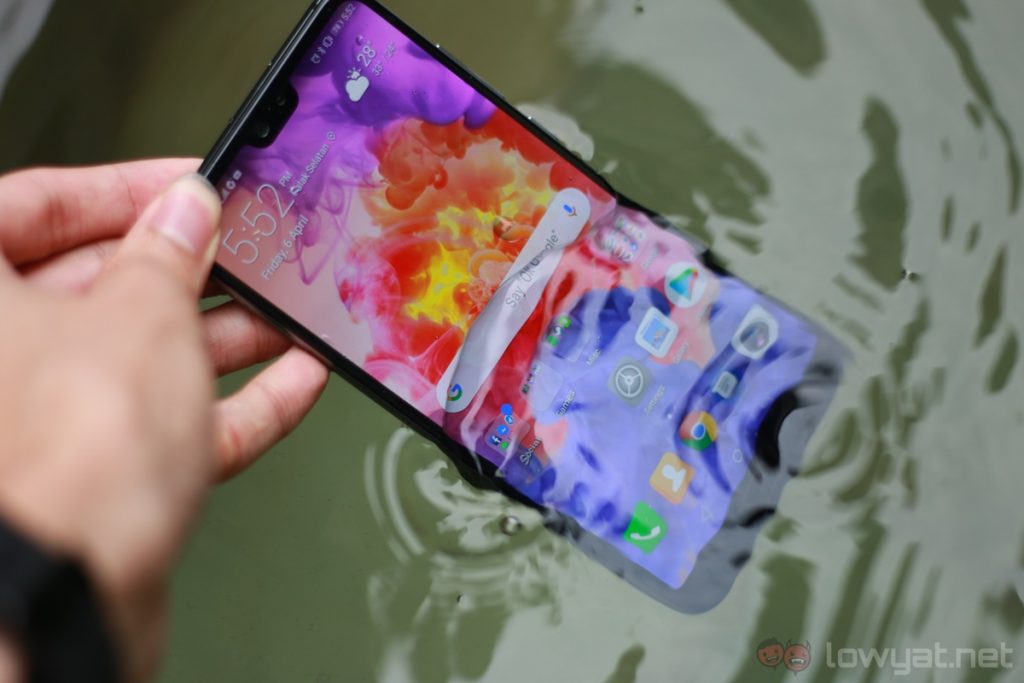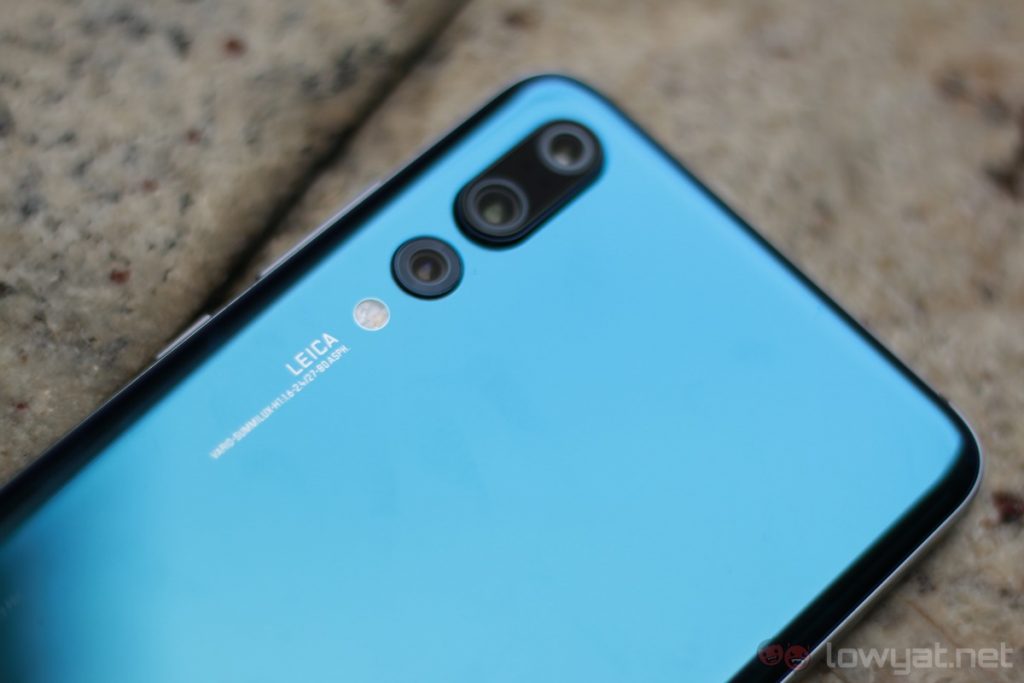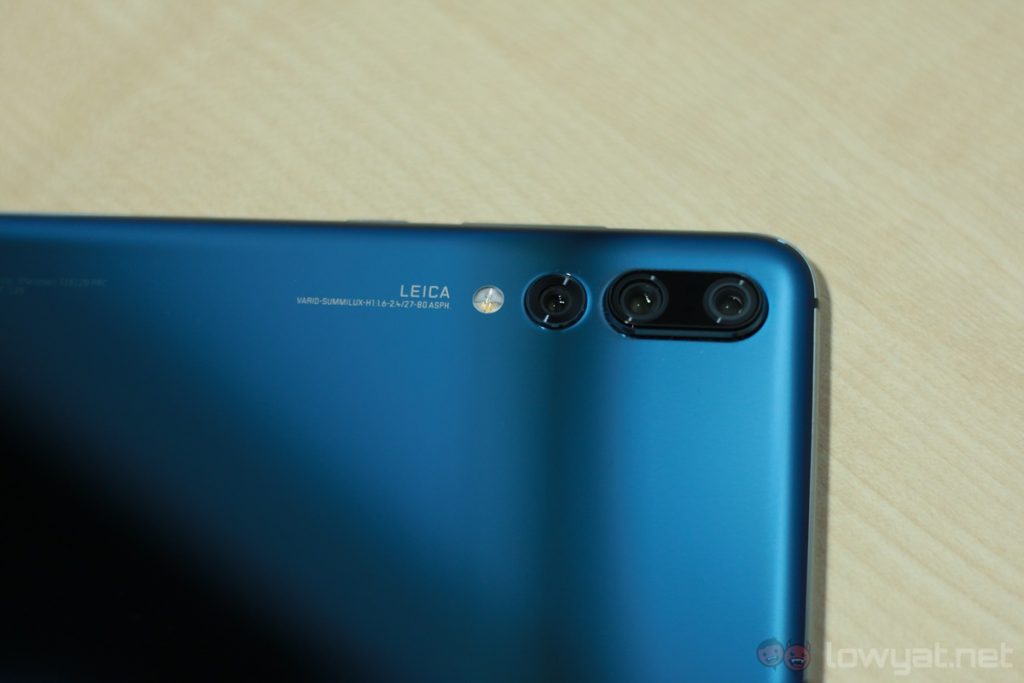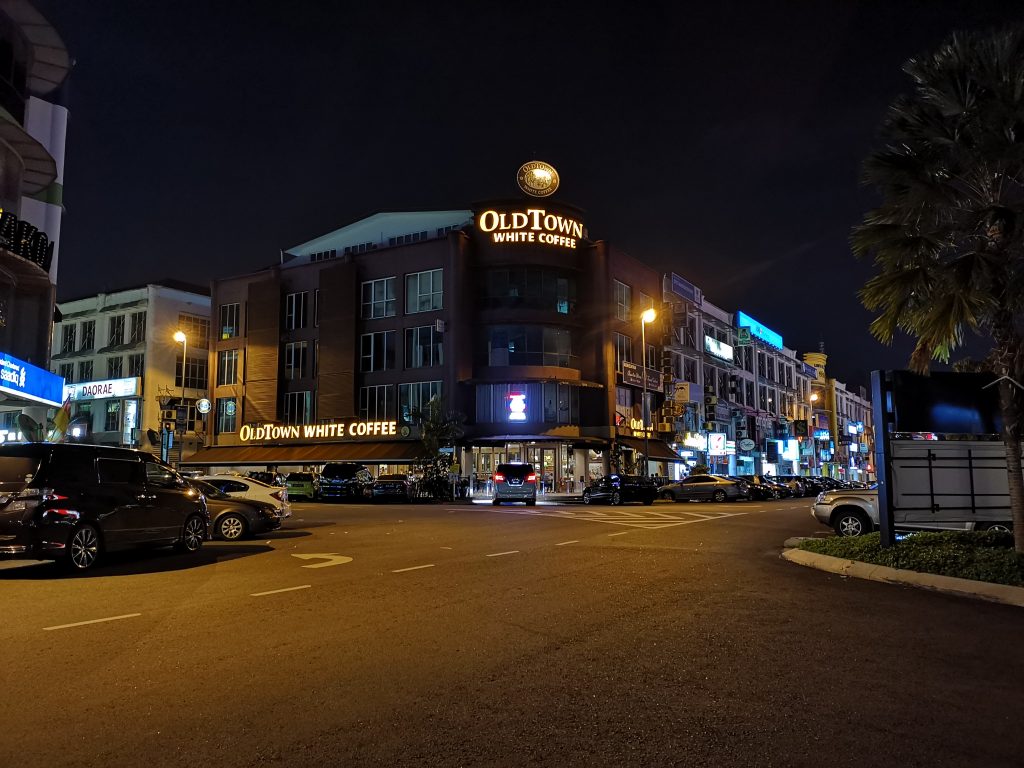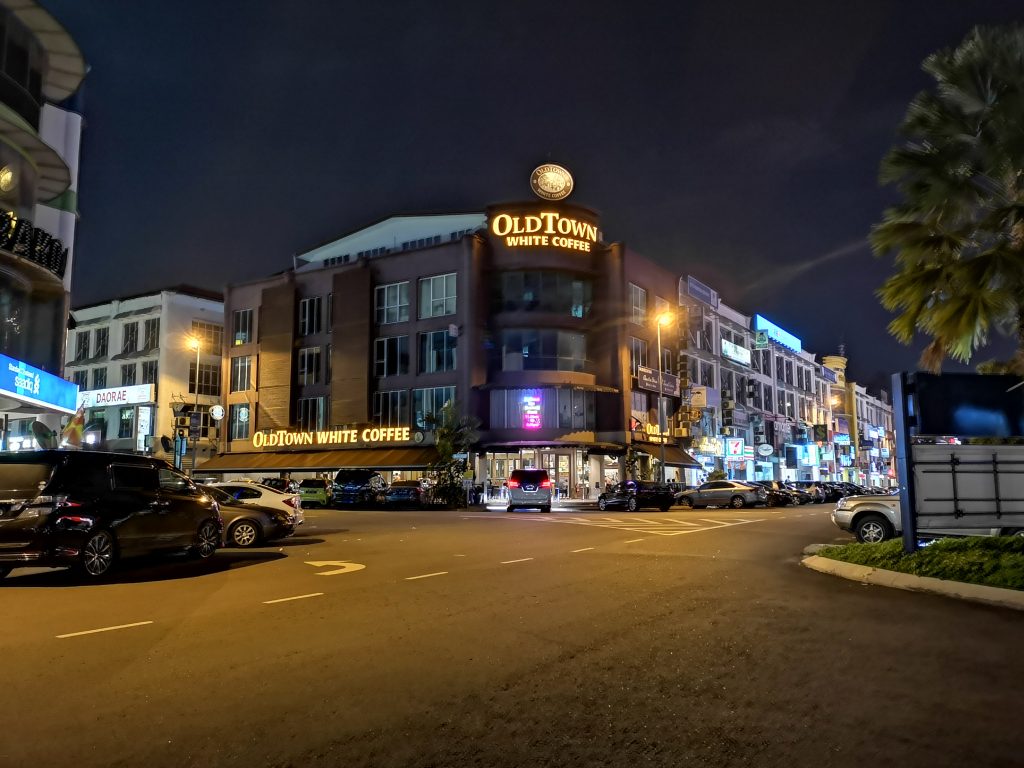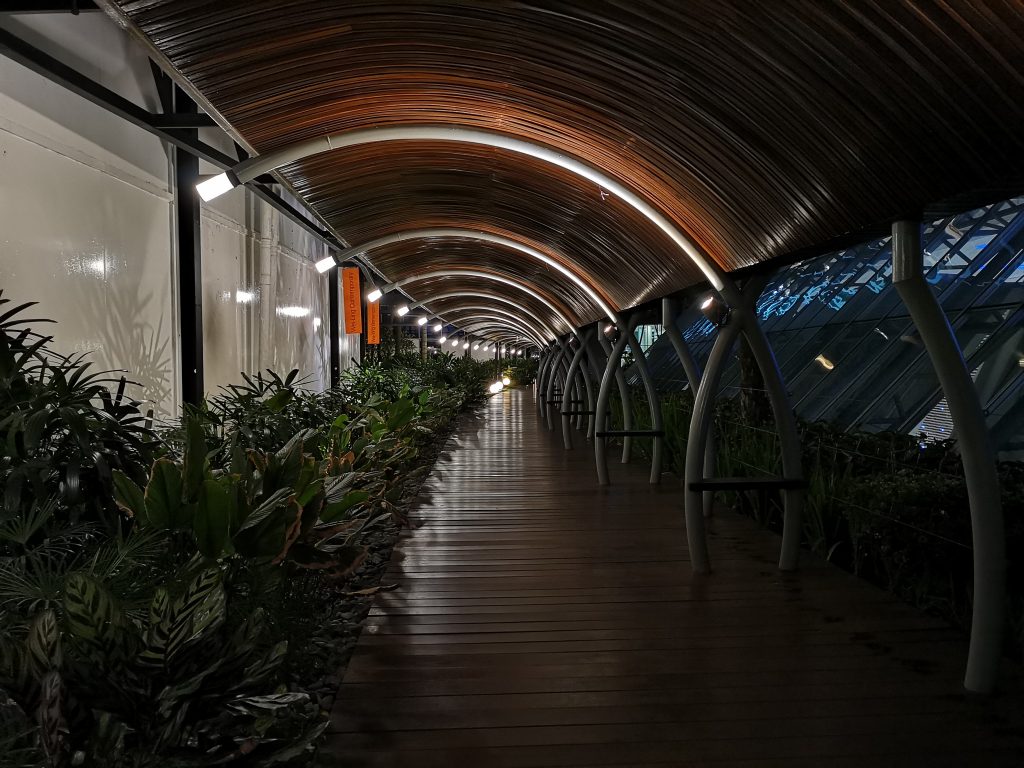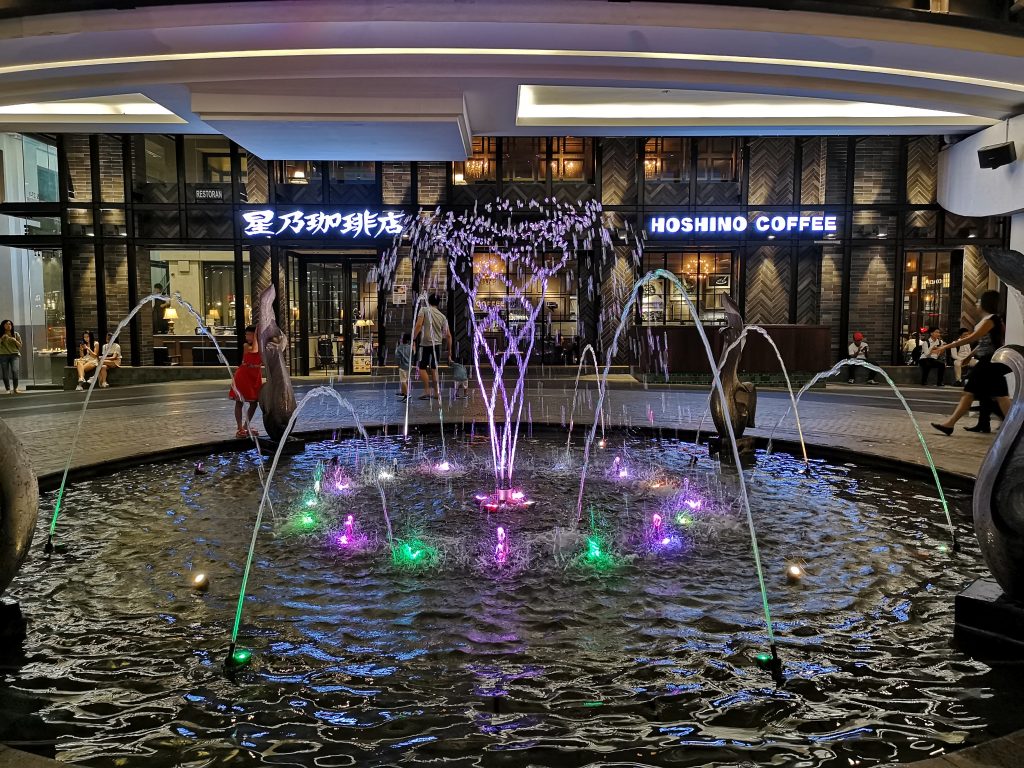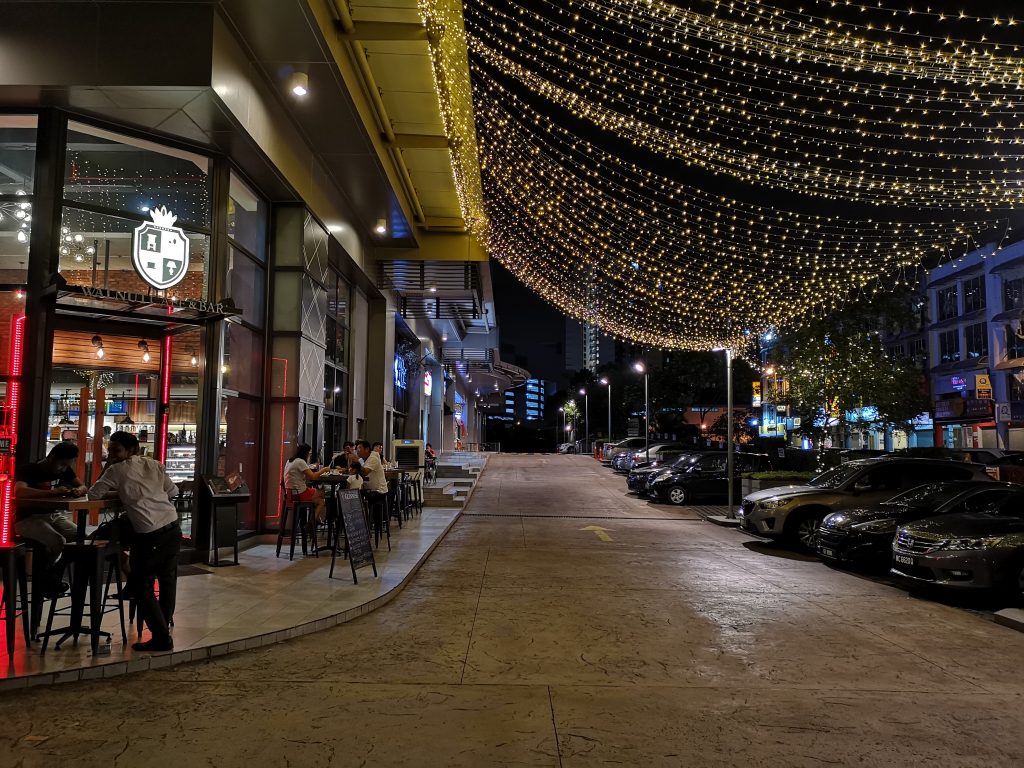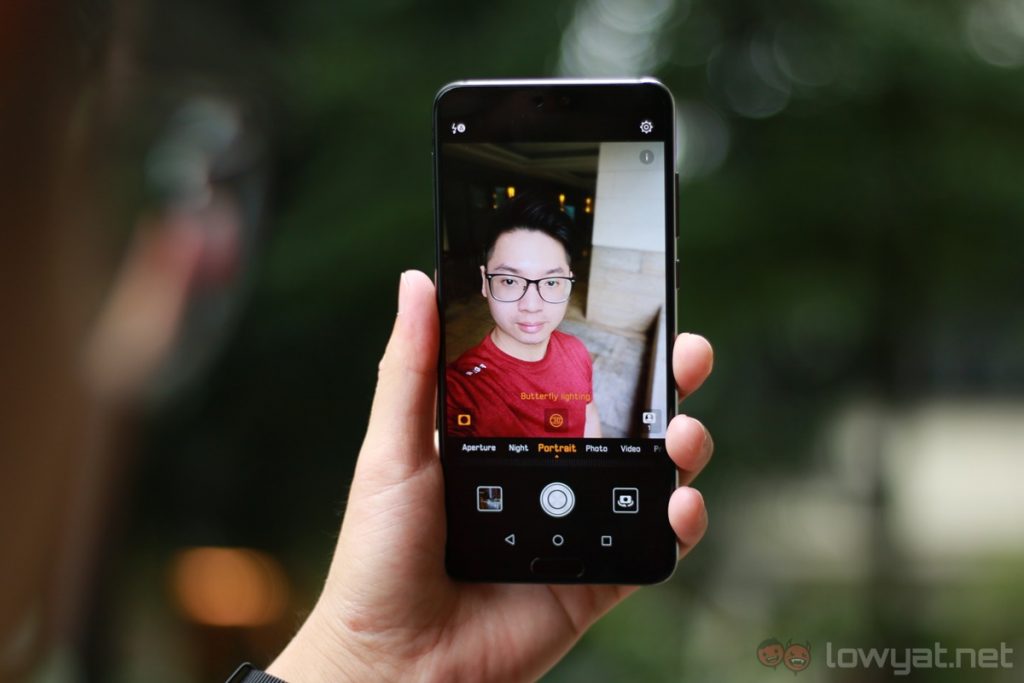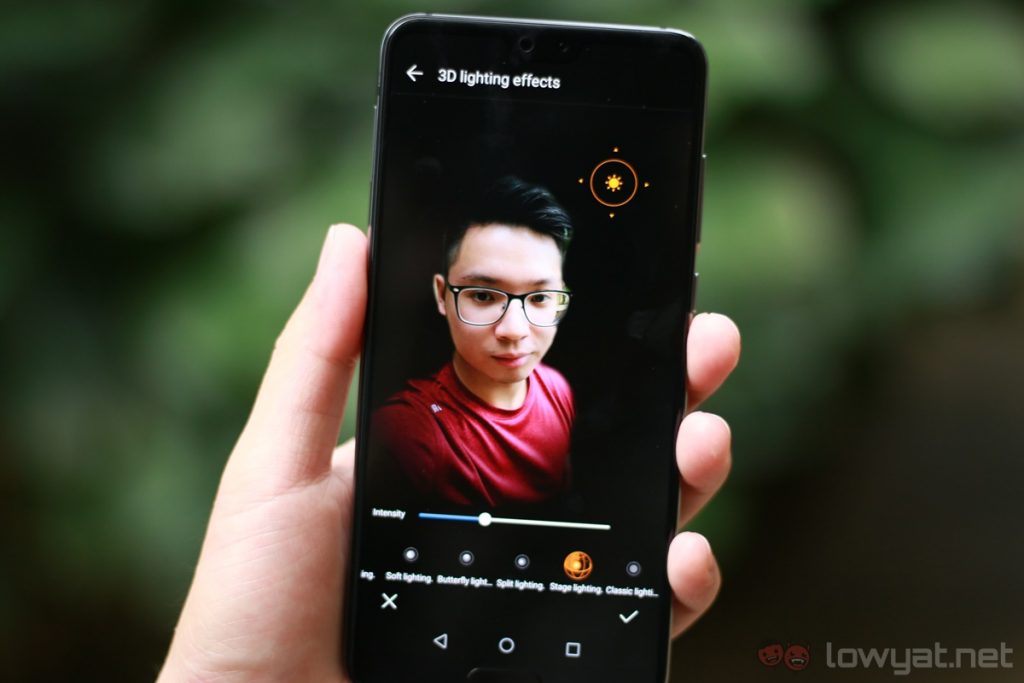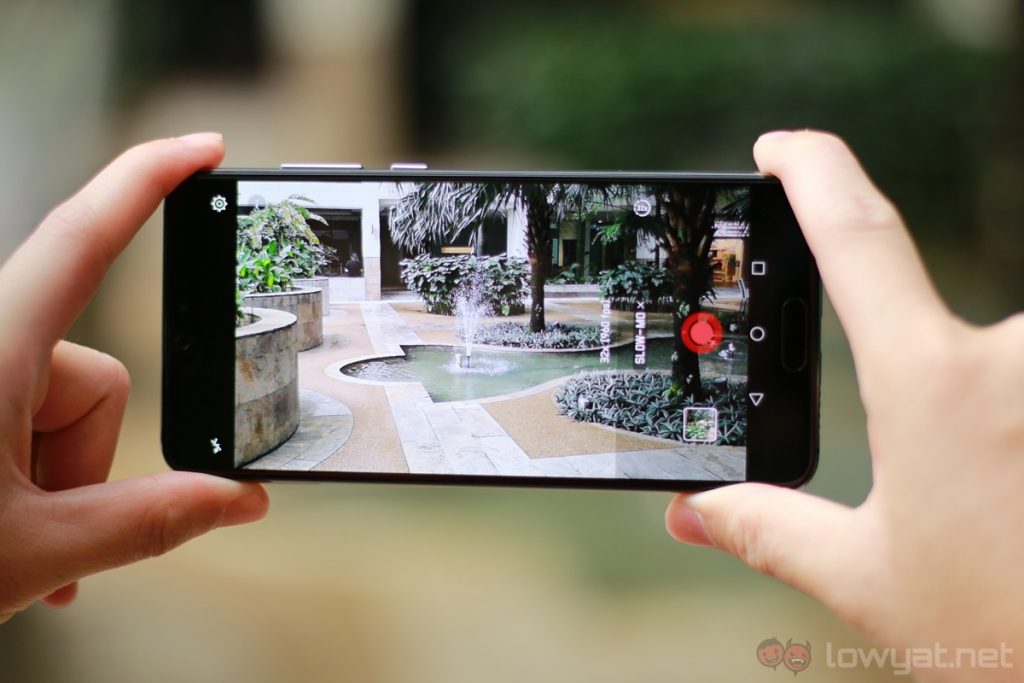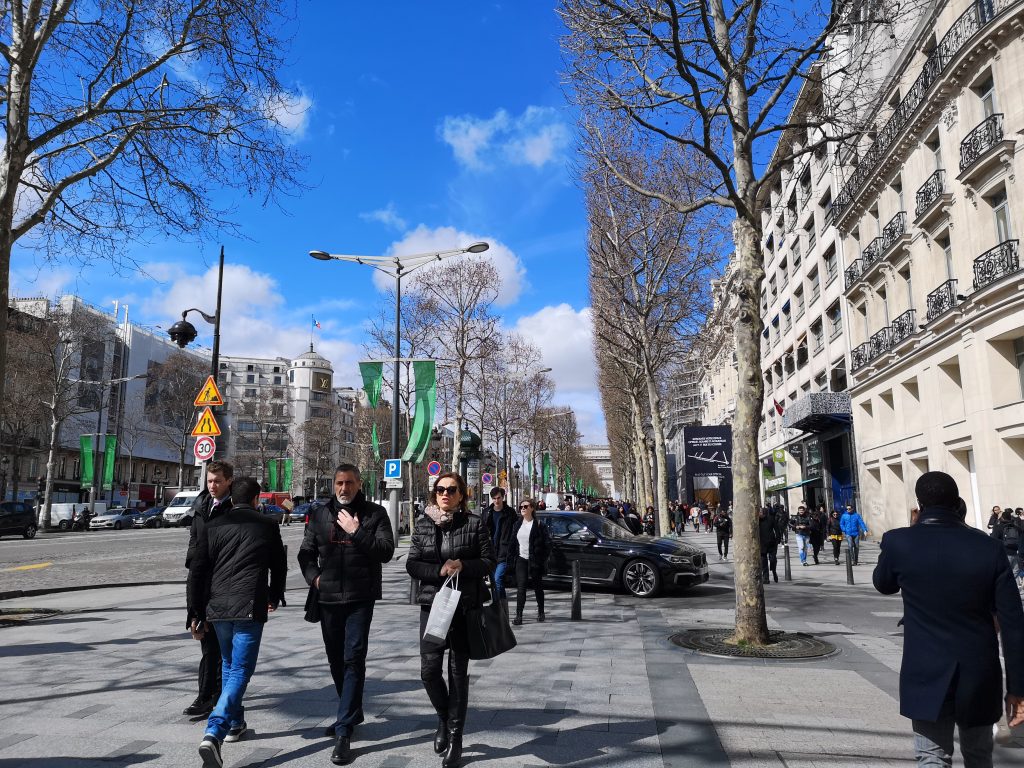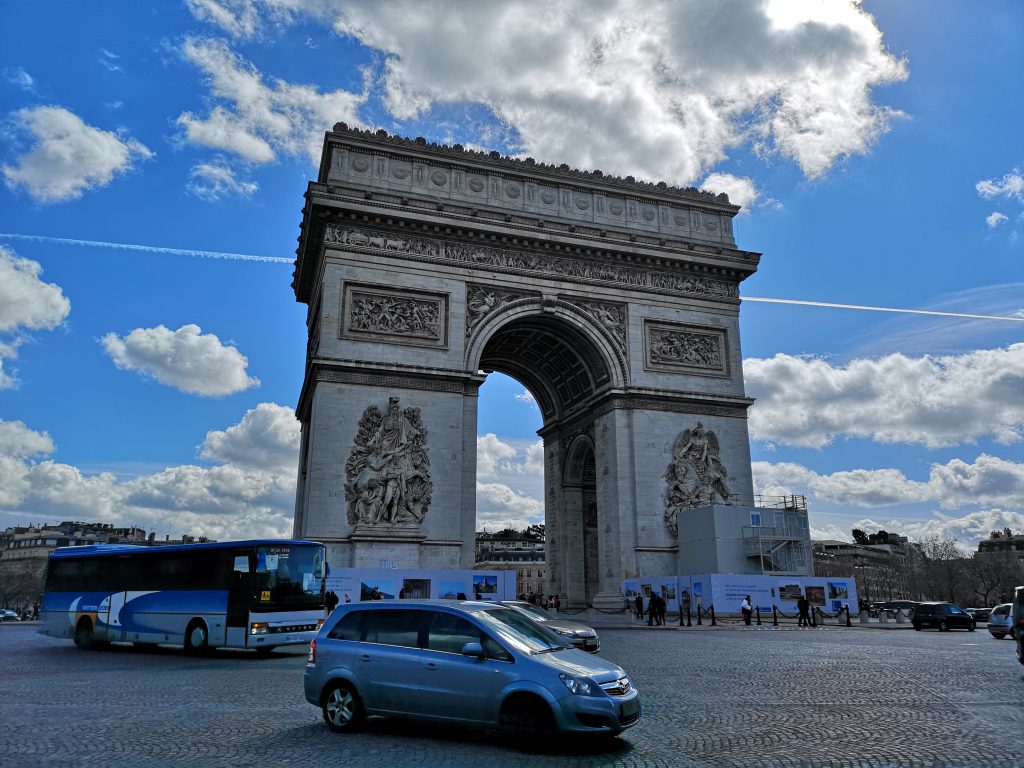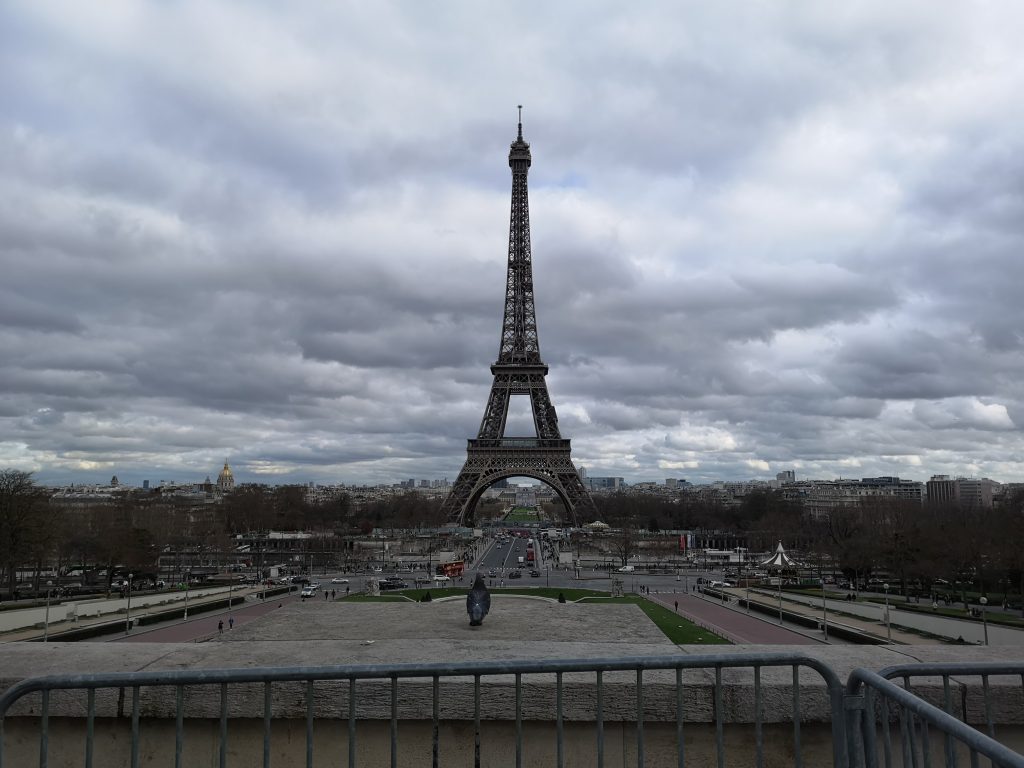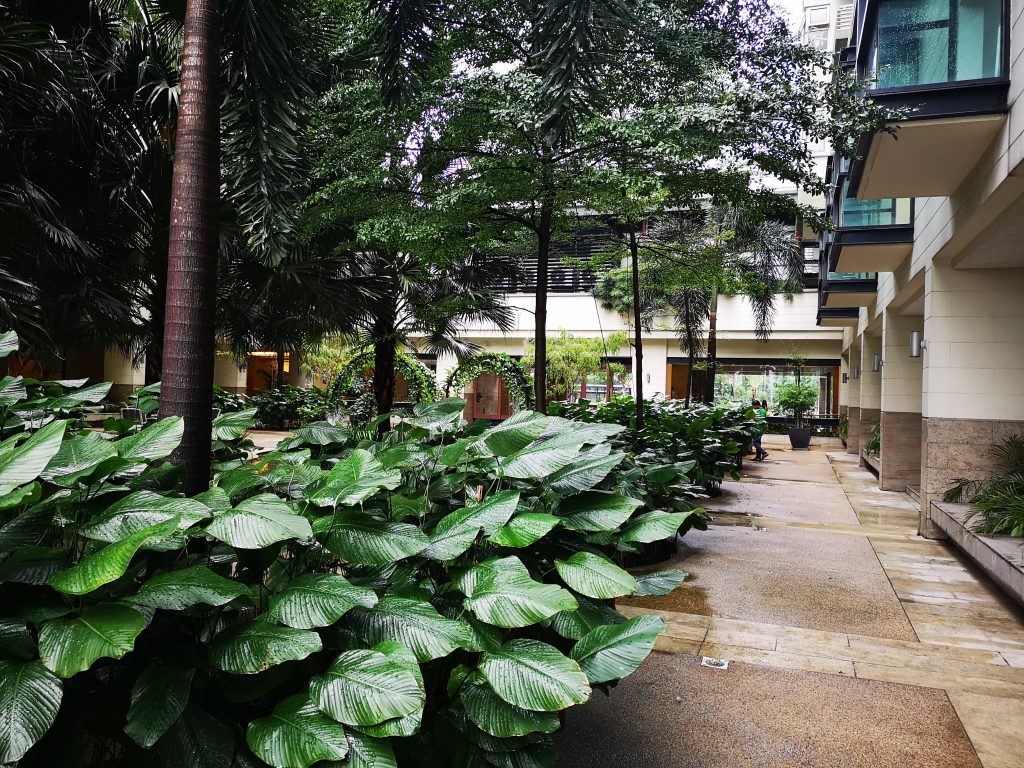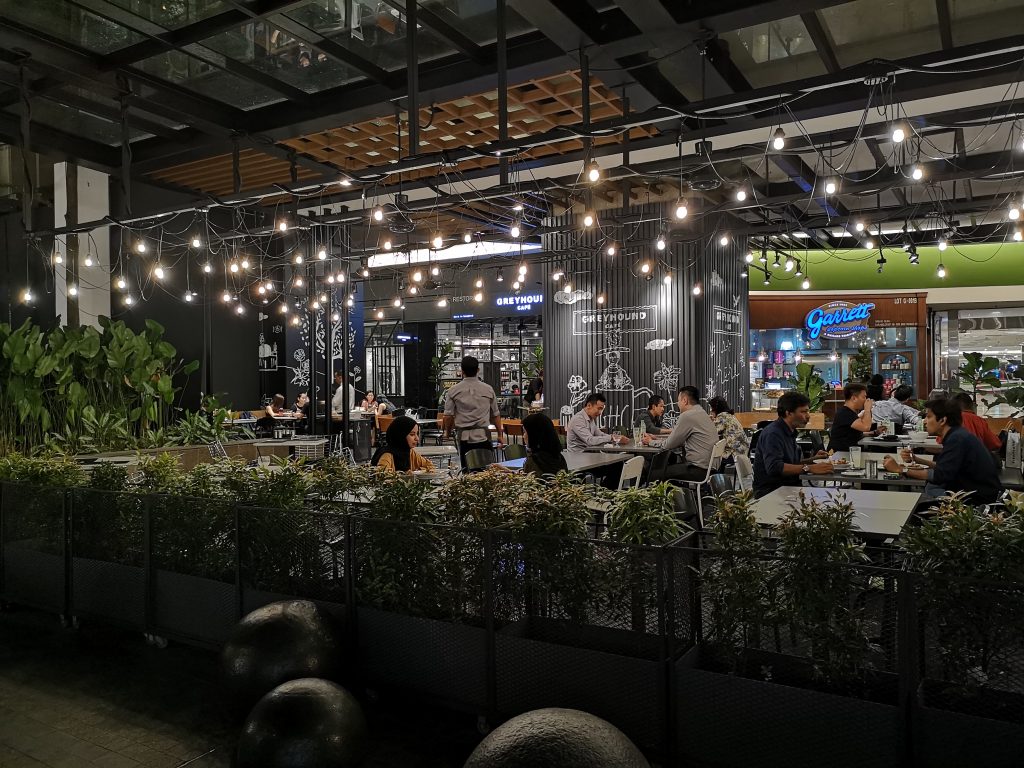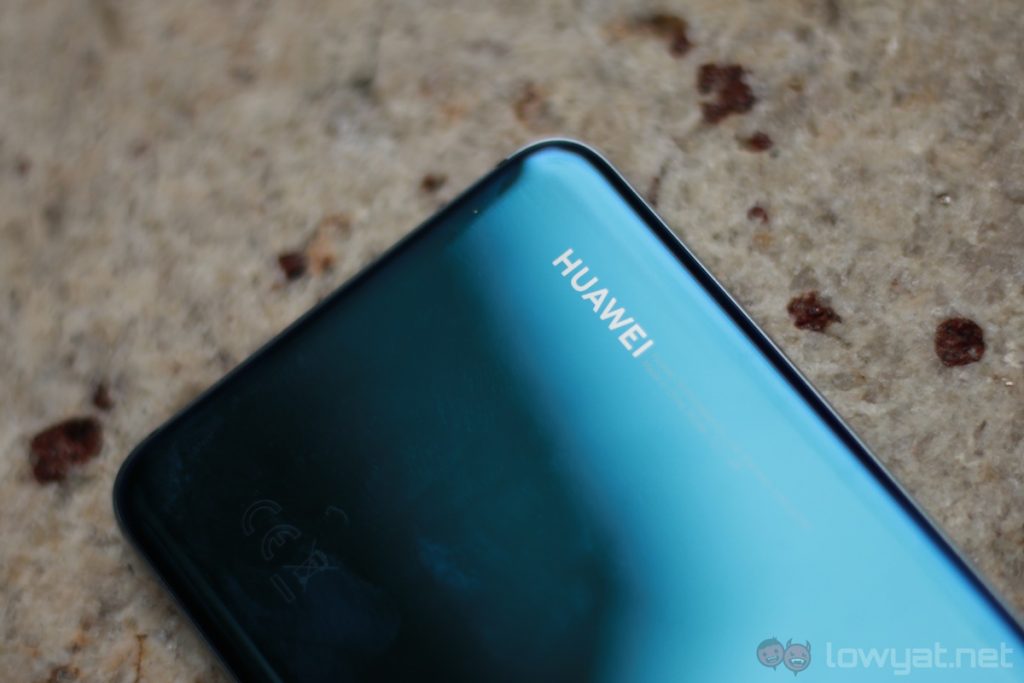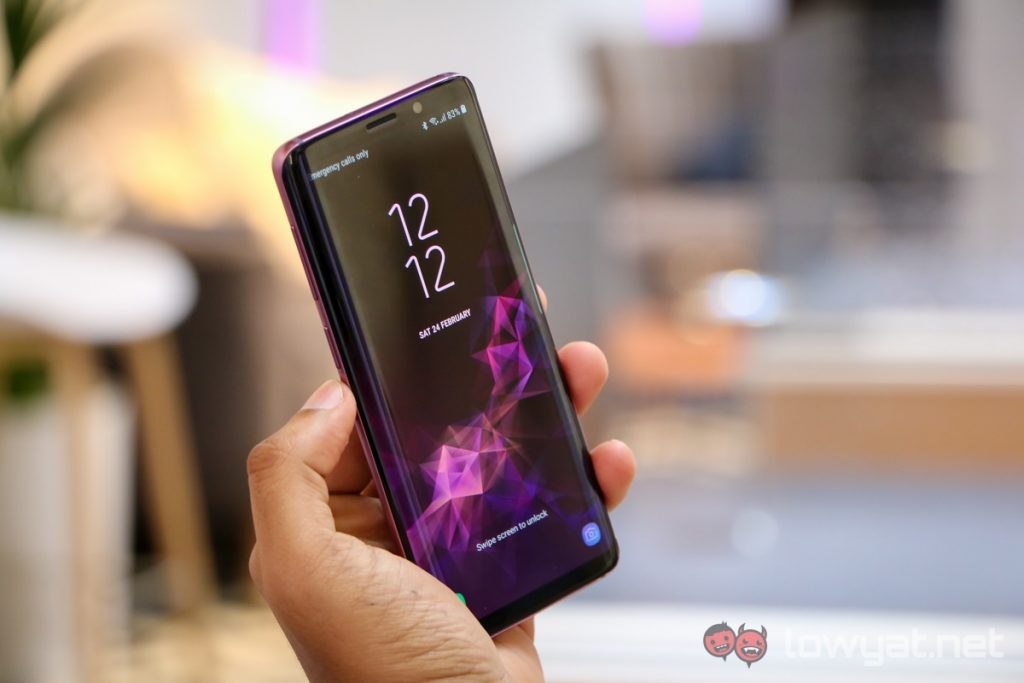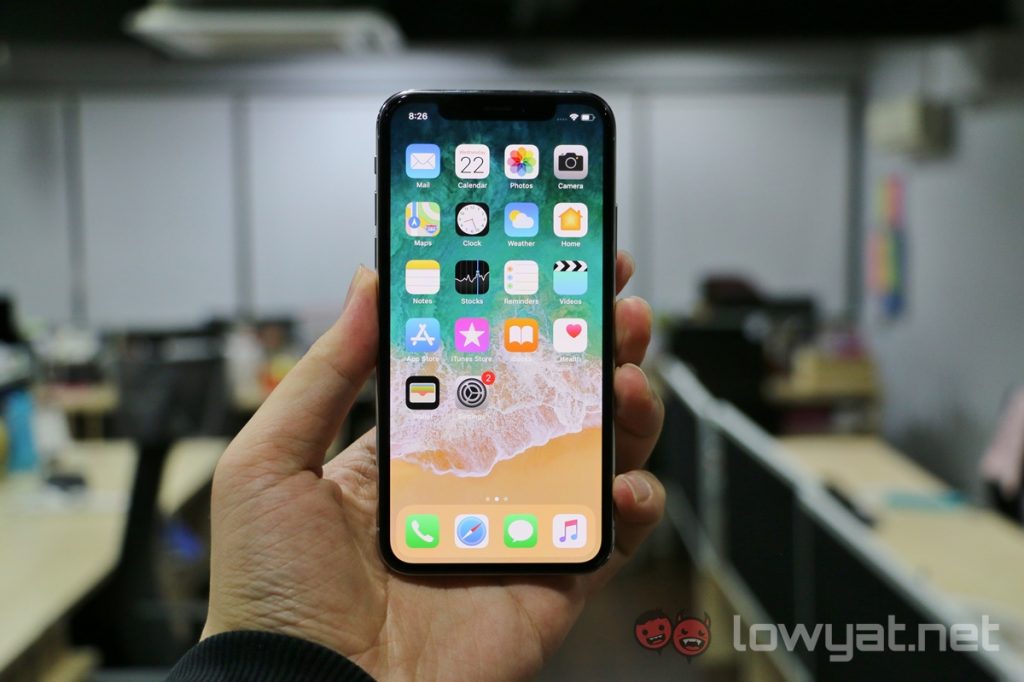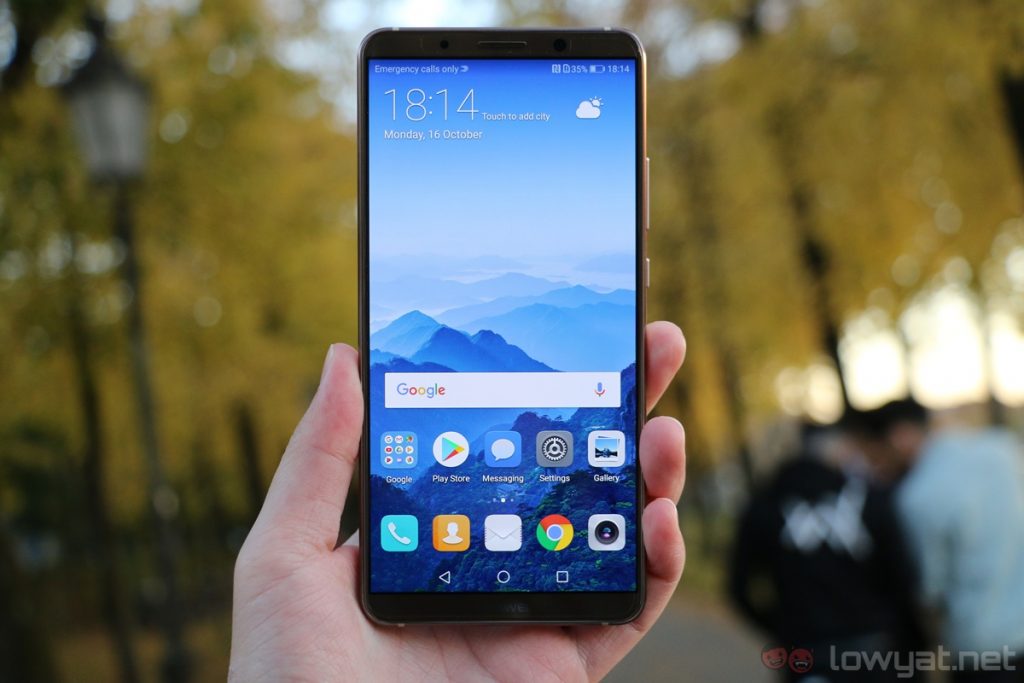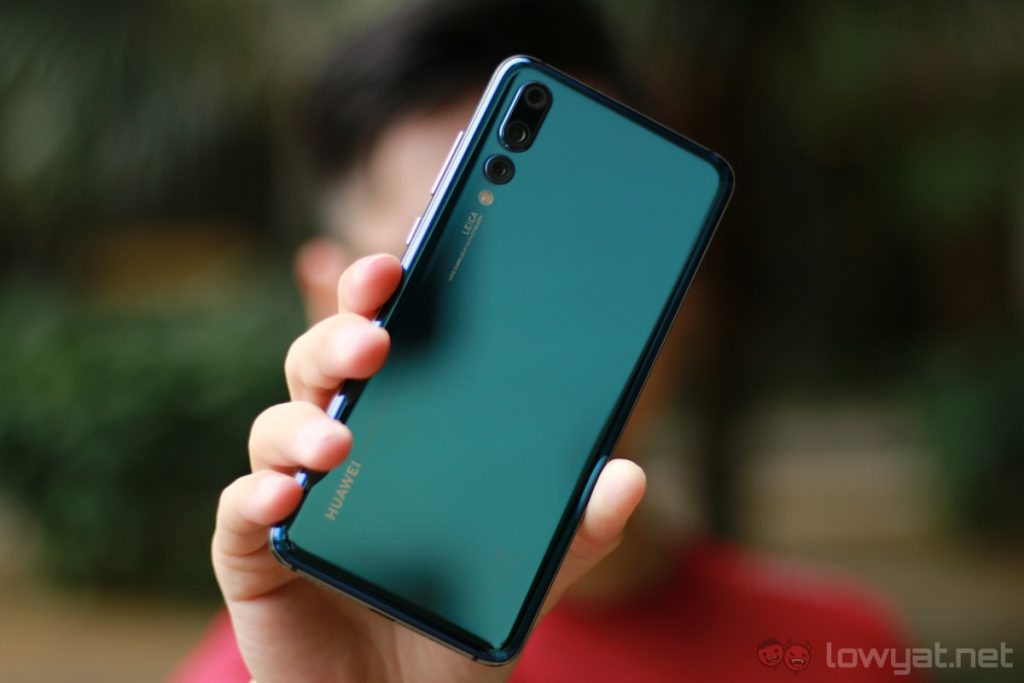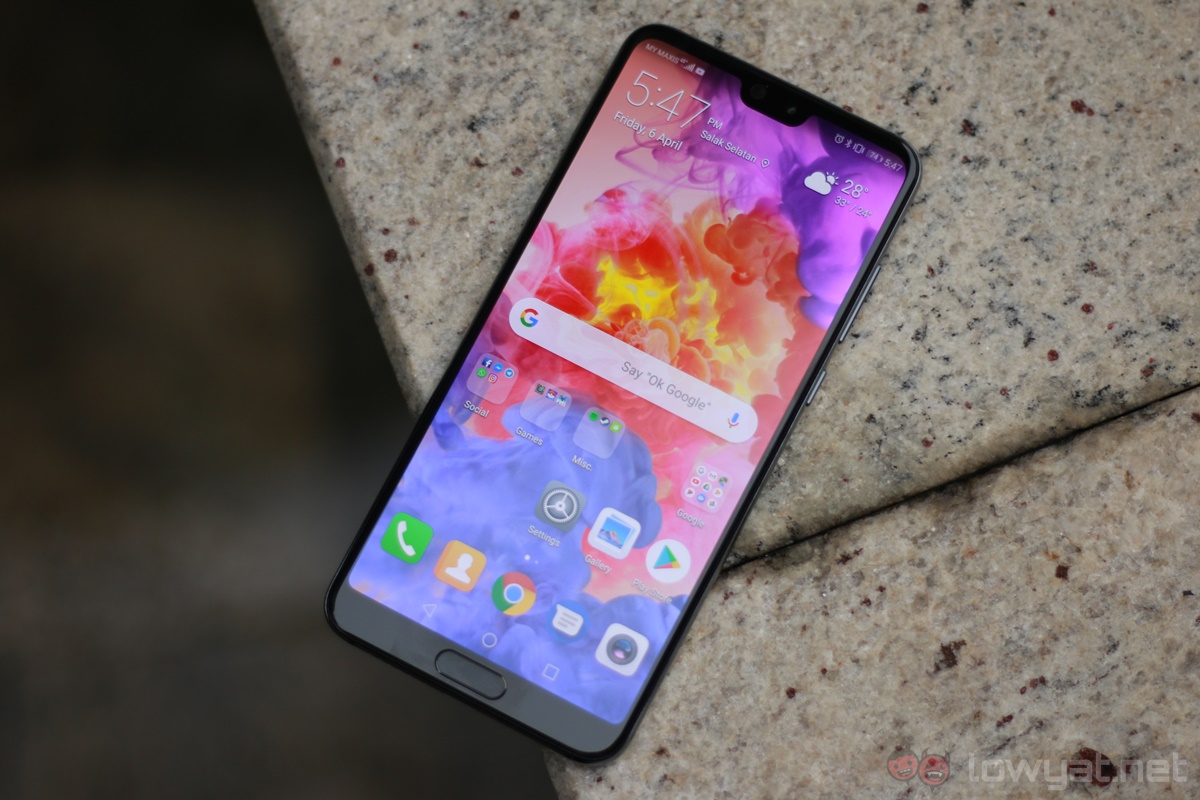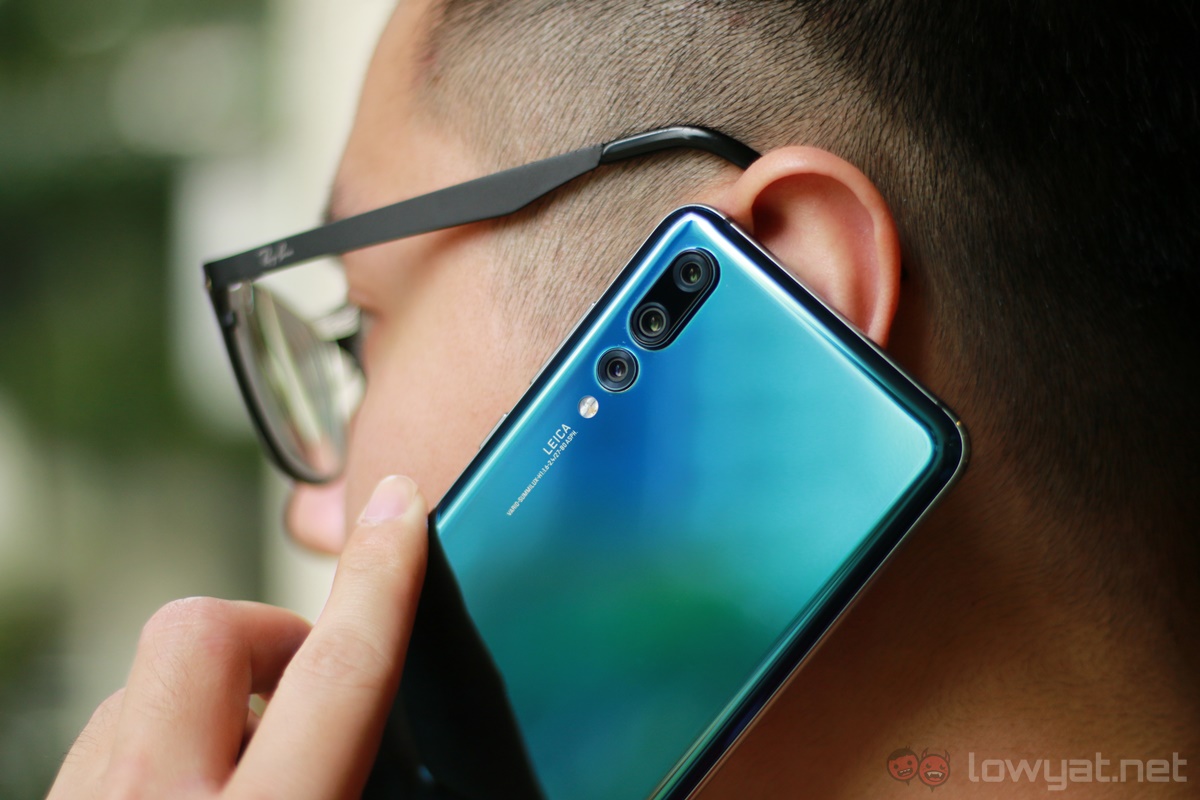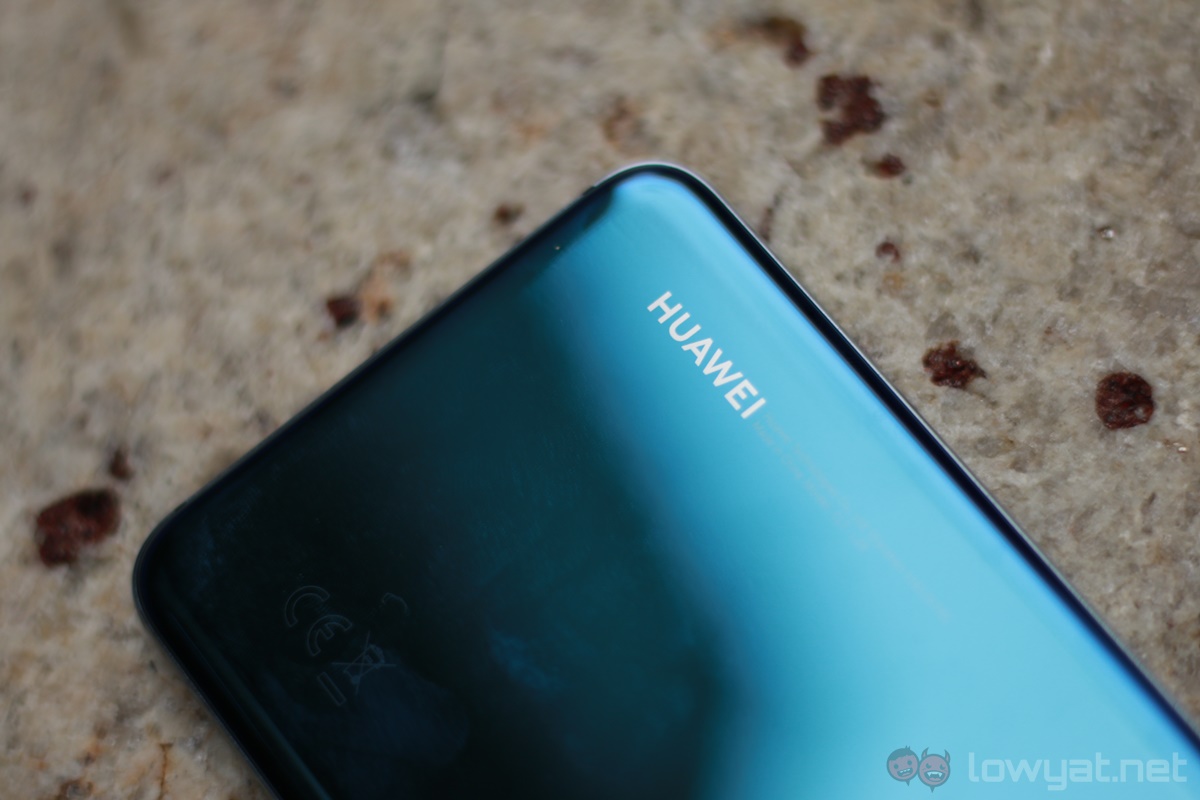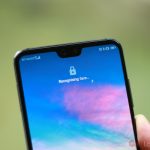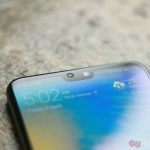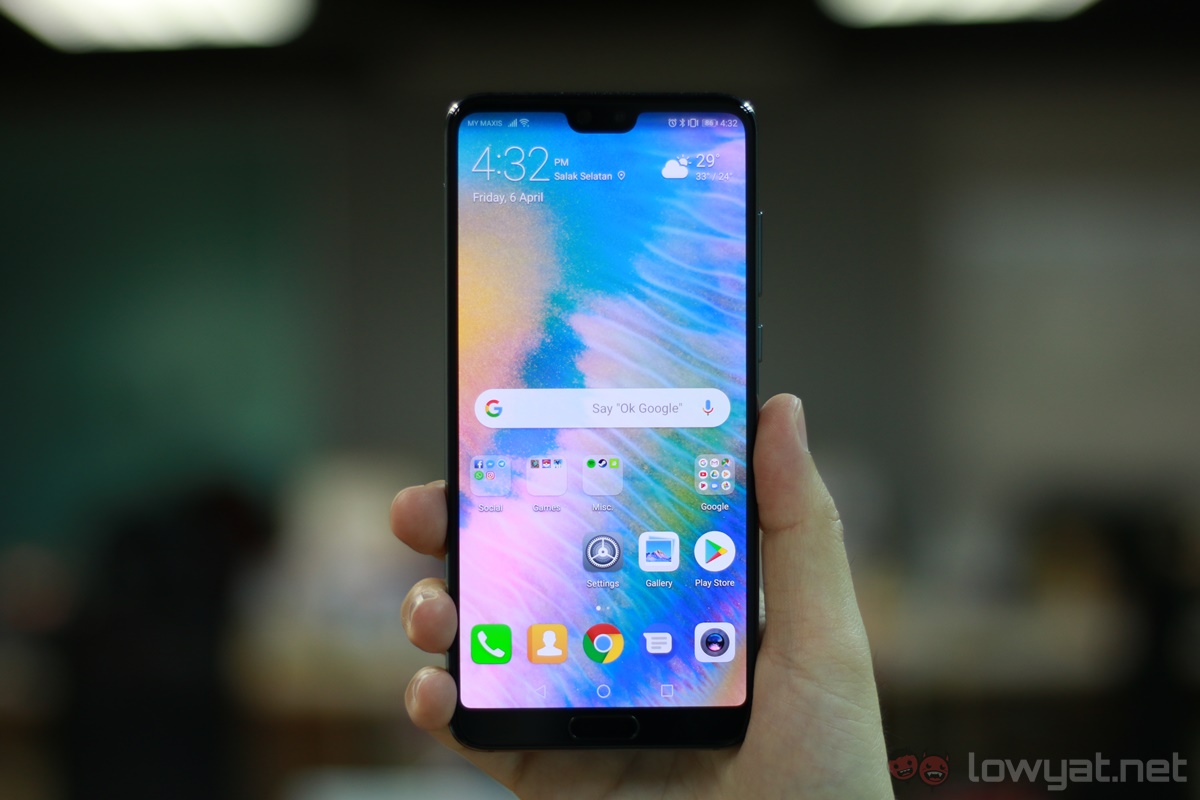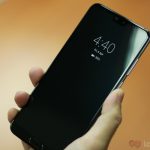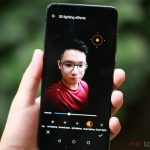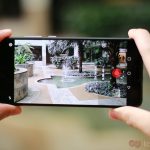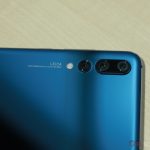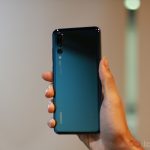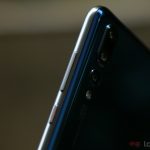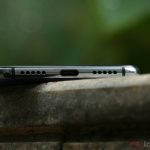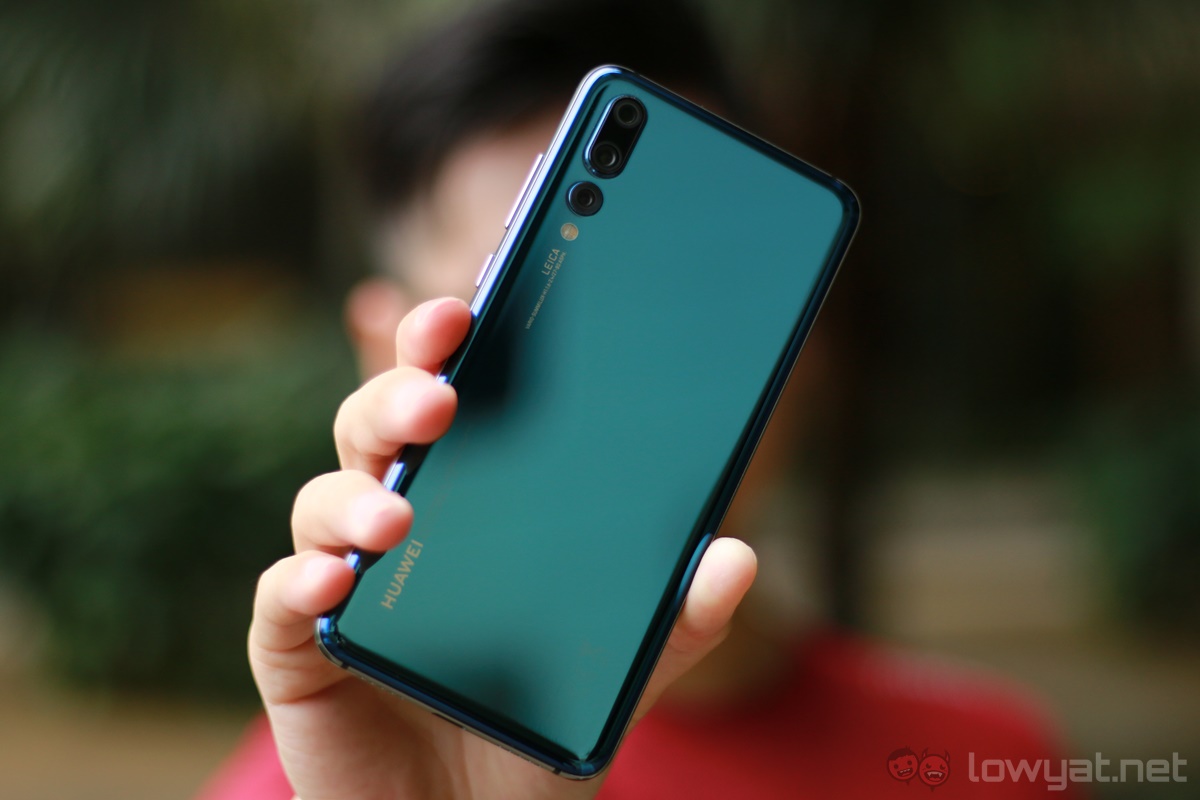Huawei has always been playing catch up to the elite smartphone makers like Samsung and Apple. Despite its best efforts, Huawei’s flagships always seem to fall short of the standards set by the iPhone and Galaxy smartphones. Today, I’m happy to report that the new Huawei P20 Pro not only matches that lofty standards – but manages to surpass them.
With a hugely competitive price tag and a fantastic Leica triple-camera system, the P20 Pro is Huawei’s most important and impressive flagship smartphone to date. Of course, there is still room for improvement, but that doesn’t take away the fact that this is the 2018 flagship we’ve been waiting for.
Specifications
Huawei spent almost half of the P20 Pro’s launch event to discuss the phone’s photography capabilities in detail, and rightly so: the phone’s triple-camera system is the most interesting hardware aspect here, and it’s incredibly good. We’ll explore this in detail further down this review.
On top of that, there’s ample amount of RAM and internal storage at 6GB and 128GB respectively. The P20 Pro also comes with a sizeable 4,000mAh battery, and most importantly, an IP67 rating, much like the Huawei Mate 10 Pro.
Design
Let’s address the most debatable design choice first: the display notch. Personally, I’m indifferent about it since it doesn’t actually affect my daily use whatsoever, but if you really don’t like it, you can actually hide the notch. Huawei added in the option to darken the notched area, effectively removing it, though the time and notification will still be displayed on either sides of the notch.
Huawei has a solution for the “notch problem.”
But I do have one gripe with the P20 Pro’s display notch: the bezels aren’t thin enough to actually justify the need for a notch. Sure, space has to be made for the 24MP camera module, but I imagine the Essential Phone‘s approach would’ve worked just fine. There seems to be more than enough top bezel for Huawei to put in a standard earpiece.
And that brings us to the bottom bezel. Even though it’s quite minimal, it doesn’t look quite as impressive as, say, the Samsung Galaxy S9+‘s thinner bottom bezel. Yes, it has to be large enough to accommodate the front-facing fingerprint sensor, but I would’ve preferred for the sensor to be put on the back of the phone if it means getting a smaller bottom bezel and remove the “chin.”
Making horizontal design work.
That being said, putting the fingerprint sensor on the back of the P20 Pro would mar the design of the sleek back panel, which I must say, Huawei has done an excellent job with. Sporting a horizontal design – akin to a compact camera – it is unique, and places all the attention to the triple camera setup. It’s not overdone like the Lenovo Vibe Shot, and the choice of gradient colours just makes the overall design work. There is no way Huawei can be accused of any kind of copying here.
The phone itself feels very premium and solid. I love the glossy metal frame – which makes it easy to pick up and get a good grip on the phone – but if you prefer a matte finish, you can opt for the Graphite Black model. The other colours of the Pro (like the Midnight Blue model here) sport glossy metal frames.
In comparison to other Huawei phones, the P20 Pro is by far the most premium-feeling device from the company. The curved glass back blends seamlessly with the phone’s frame, it’s comfortable to use for long periods of time, and it feels like…well, how a high-end, flagship smartphone should feel like.
The most premium-feeling Huawei phone to date.
But that is not to say everything is great with the P20 Pro, because it isn’t. Not only does it forgo the headphone jack, there’s also no support for expandable storage (even if Huawei works around this with the generous 128GB storage).
There are design aspects of the P20 Pro that could’ve been improved, but as a whole, it’s really a handsome smartphone. Just look at the Twilight colour – it’s one of the best phone colours we’ve seen in a long time, and I’m quite disappointed Huawei did not make this colour available in Malaysia at launch.
User Experience
Let’s start with one of Huawei’s weakest points: software. Thankfully, EMUI 8.1 on the P20 Pro feels more refined than how it was on the Mate 10 Pro. There are no more random restarts and app freezes, the Picture-in-picture Mode works as intended now, and the user interface looks much more pleasant too.
Extremely fast Face Unlock system.
Speaking of software, the new Face Unlock feature works excellently. A quick glance is enough to unlock the P20 Pro, and it can even recognise me with or without my glasses on; something I can’t say is the same on other smartphones with face unlocking. However, it’s not as capable as Apple’s Face ID; the phone can’t recognise me if I put on sunglasses, for example. But that’s where the fingerprint sensor comes in, and it’s really fast and accurate – as expected of Huawei.
Surprisingly enough, the P20 Pro also comes with an Always On Display. Much like other implementations of the feature, the Pro can show the time, date, and even battery percentage on the lock screen. However, the feature could’ve been much more useful: it doesn’t show notifications, which somewhat makes this feature a bit of a dud.
The Always On Display could’ve been much more functional.
Aside from software, the P20 Pro’s 6.1-inch OLED display is bright and vibrant. Thanks to the inherent property of OLED panels, it has very good black levels too. While the Pro’s display isn’t as impressive as the Samsung Galaxy S9+’s sharper Super AMOLED display, it definitely looks great and befitting of a flagship smartphone. The Full HD+ resolution isn’t as power-hungry too, improving battery life even further.
Performance is, without a doubt, not an issue with the P20 Pro. Its Kirin 970 chipset isn’t quite as new as Qualcomm’s Snapdragon 845 SoC, of course, but it performs admirably. It may not have the best benchmark scores, but those numbers can only give us an indication of the phone’s performance. As far as day-to-day usage and gaming are concerned, the P20 Pro does not disappoint at all.
Packed with a 4,000mAh battery, the P20 Pro delivers great battery life. I’m a heavy user, and on average, I can get about five hours of screen on time with the Pro consistently. It may not sound like much (especially when it is similar to the Samsung Galaxy S9+’s battery life), but I’m a much heavier smartphone user.
The five hours of screen on time recorded for this review included several Hearthstone and PUBG Mobile matches, making five hours a lot more impressive than it sounds. It’s also worth noting that I enabled the Always On Display too, so disabling the feature may extend the battery life slightly.
Great battery life with decent charging speed.
Naturally, the P20 Pro comes with Huawei’s SuperCharge technology, and in our testing, the phone charges up to 50% in 30 minutes. Not the fastest charging rate we’ve seen, but not too shabby either considering the large 4000mAh capacity.
When I review flagship smartphones, I have quite high expectations, and frankly I’m surprised at how the Huawei P20 Pro surprises me at almost every step of the review process. The software experience is considerably more refined and polished now, it delivers great performance, and the phone has exceptional battery life. That being said, I do wish the Always On Display was more…functional.
Now, let’s get to the most exciting aspect of the P20 Pro: camera.
Camera
Huawei and Leica’s partnership started just two years ago, and while both companies delivered good camera systems in the past – especially on the Mate 10 phones – they almost always feel like a step behind Samsung and Apple.
That’s not the case anymore.
The P20 Pro’s Leica triple-camera system is made up of a huge 40MP RGB sensor, a 20MP monochrome shooter, and an 8MP telephoto lens. While the Pro has a 40MP sensor, the phone actually outputs 10MP images by default – it combines the information from four adjacent pixels into one, which results in a more detailed, brighter picture. I haven’t seen this implementation half a decade now, when Nokia did something equally crazy with its 41MP Nokia 808 PureView.
Thanks to this unique camera setup, the Pro “effectively” has a 2µm pixel size, which is huge on a smartphone camera – most flagship smartphone cameras “only” have up to 1.5µm pixels at best.
Beyond the technical details, the P20 Pro can capture really, really impressive shots. Regardless of lighting condition, the P20 Pro consistently delivers some amazing photographs – and even more so in less than ideal lighting. The amount of light and detail that it can capture in low light is quite something.
Ridiculously good camera system.
But what really sets the P20 Pro apart is the camera’s Night Mode. In this mode, I can shoot long exposure shots without the need of a tripod. Everything is done handheld, and the results are almost ridiculous. Just look at the images below.
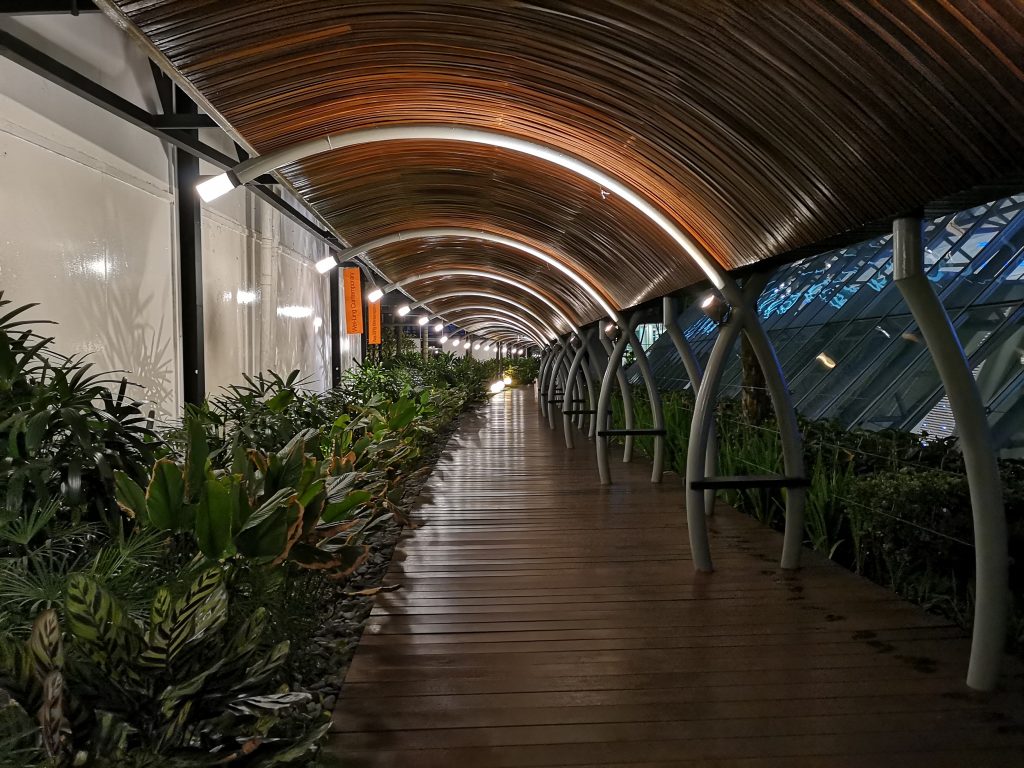 Normal shot (top) and long exposure mode.
Normal shot (top) and long exposure mode.
Another interesting feature of the P20 Pro’s triple cameras is the ability to do 3x optical zoom and 5x hybrid zoom. Although this allows for tighter framing and the ability to get closer to a subject, the image output isn’t quite as good. Basically, the telephoto shooter cannot quite match the performance of the main camera. The idea, perhaps, was to offer an unprecedented array of options for the smartphone photographer.
Telephoto shooter not quite on par.
Huawei also made a big deal on the ISO sensitivity of the P20 Pro – it can shoot at up 102,400 ISO. However, the update to enable this feature hasn’t arrived yet, so we can’t exactly test it out. Then again, you wouldn’t really want to shoot at that ISO sensitivity anyway – there’s almost no reason to.
So the triple-camera system is impressive, but the P20 Pro’s front-facing shooter gets a trick of its own too. Dubbed 3D Portrait Lighting, you can add different lighting effects to your selfie shots; you can even change the “direction” of the light source. It is a similar feature to Portrait Lighting on the iPhone X, and just like Apple’s offering, some of the effects are not very refined. The Stage Lighting, for one, doesn’t have very good separation.
You’re better off shooting in Portrait Mode with the rear cameras.
3D Portrait Lighting is fun to play with, no doubt, but it feels more like a gimmick than anything else. Shooting in Portrait Mode with the rear cameras can easily give you better results.
When it comes to video recording, the P20 Pro is quite impressive too. Huawei AIS (which stands for AI image stabilisation), for one, is more than just a buzz word. Video stabilisation is very good despite the absence of optical image stabilisation – only the telephoto lens has OIS – and even the 960fps video recording is pretty well done. But since it’s limited to 720p, the results aren’t particularly impressive.
Huawei and Leica’s partnership may not have been truly inventive in the past, but that changes with the P20 Pro. The ability to take long exposure shots handheld in itself is an impressive feat. This, coupled with the incredible camera performance, and you have a truly amazing smartphone camera.
Sample Images
Competition
Carrying a RM3,299 price tag, the P20 Pro is priced aggressively. In this price range alone, it has plenty of competition from other big brands too. Let’s look at the most notable ones.
Samsung Galaxy S9+
Without a doubt Huawei has its eyes set on grabbing sales from the Galaxy S9+ by pricing the P20 Pro aggressively, and the company is doing a really good job. Not only is the Pro RM500 less than the most affordable S9+, it also has double the internal storage at 128GB, better battery life, and better camera performance too.
However, the Galaxy S9+ retains the headphone jack, not to mention support for expandable storage – two features notably missing on the P20 Pro. On top of that, the S9+ also has a more impressive display and more refined software experience.
iPhone X
You can’t talk about premium smartphones without taking into account the iPhone X. In cost alone, the iPhone X retails from RM5,149 for the 64GB model – that’s RM1,850 more than the P20 Pro. For much, much less than the iPhone X, the Pro offers better camera performance and more internal storage.
Even so, there are a few reasons why the iPhone X costs so much. For one, it has a much better display, not to mention overall build quality. The technology behind Face ID is also said to be two years ahead of the competition. When it comes to software, the iPhone X feels much more fluid and responsive too – it’s iOS’ inherent advantage over Android devices.
Huawei Mate 10 Pro
Yes, there’s competition from the P20 Pro’s own family. Much like the Pro, the Mate 10 Pro has the same chipset, battery capacity, and software experience. On top of that, it’s also more affordable than the P20 Pro; you can now get it for much less than its RM3,099 price tag too. But with the P20 Pro, you’re definitely getting a sleeker smartphone, not to mention much better camera performance.
Conclusion
The Huawei P20 Pro is Huawei’s most important smartphone yet. It is the phone that pulls it ahead of the competition, and that’s a big deal. Huawei hasn’t been in this position before, and it’ll be interesting to see if it can sustain this momentum – especially with the next Mate smartphones.
Huawei is finally ahead.
There are not many smartphones as impressive, refined, or well-thought-out as the P20 Pro. It’s not perfect, mind you, but it’s photography prowess alone makes it one of the most exciting phones I’ve ever used in a long time – and it’s priced competitively to boot.
Photography by Soh Li Jin and Leon Lam.
Follow us on Instagram, Facebook, Twitter or Telegram for more updates and breaking news.


